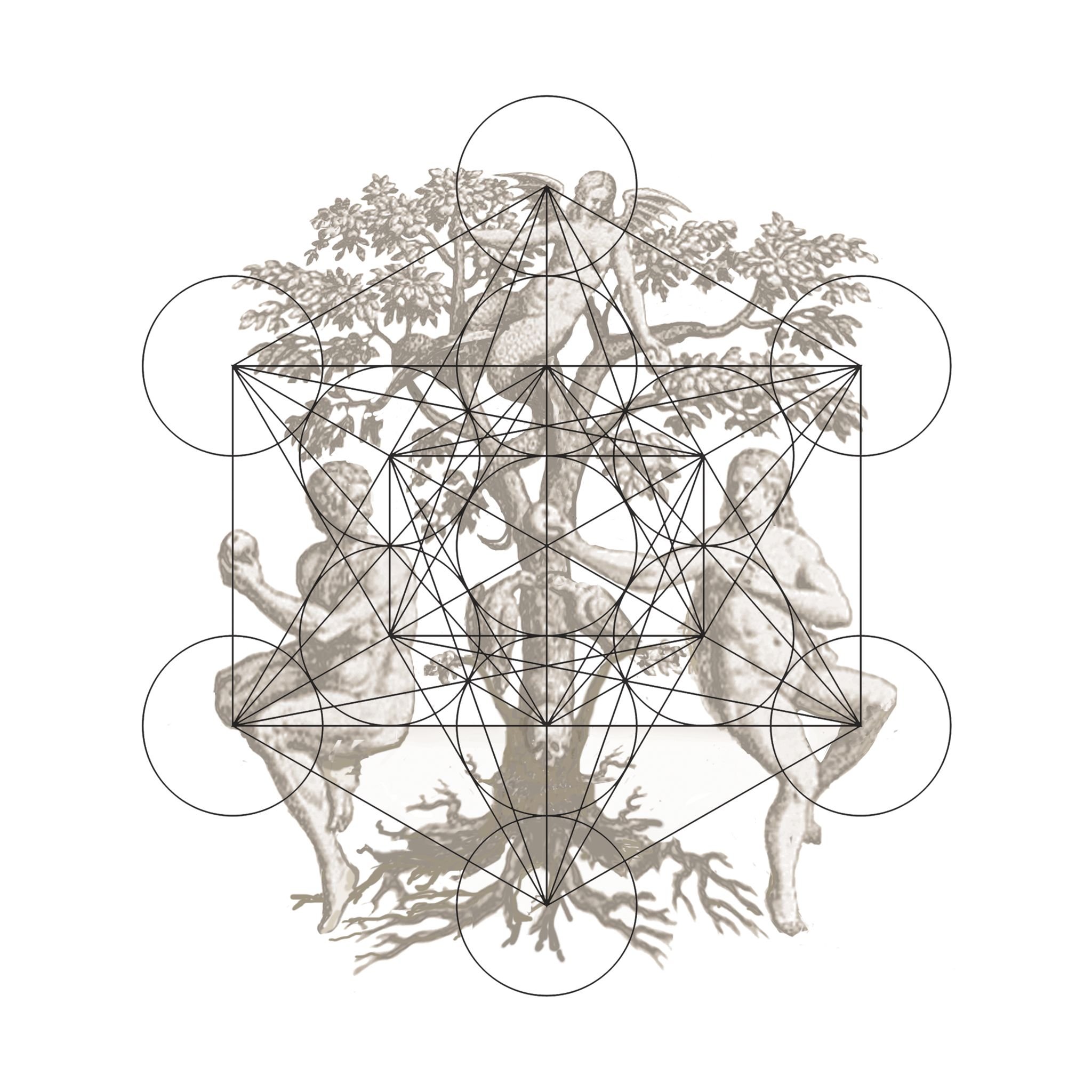
INTRODUCTION :
Steve Grand, ‘Creation: Life and How to Make it’ ...
Read more/less
For Mat Chivers a fascination with cloud structure serves as a metaphor for an affinity with human internal and external metamorphic process.
His process often embraces a collaborative aspect, utilizing scientists, scanning and rapid prototyping is in stark contrast to more traditional and spontaneous, direct carving using a hammer and chisel. The astonishing and ambitious two part work ‘Syzygy’ emphasizes these differing approaches in direct contrast. An intuitively carved sculpture in Spanish alabaster of a cumulus cloud stands upright reaching skywards appearing weightless, its surface scarred with a multitude of directional marks resulting in an undulating, transient quality. It is a work made from memory, copied instinctively whilst carving the stone. The accompanying sculpture sits more statically alongside, placed horizontally emphasising its weight. This component is the result of the intuitive ‘analogue’ sister piece being digitally scanned. This process results in a 3D virtual lattice comprising millions of triangles, which interpret the surface of the volume. Chivers then systematically reduced the number of triangles. The resultant polyhedron was then created in mirror polished Indian Black granite using a milling machine from the computer rendered geometry. It, by its nature, is a synthetic, corrupted, transformed; mirror copy of the hand carved element.
‘Outbreath’ presents a transient ‘cloud-like’ form produced from an exhalation. This life sized sculpture of the artists out-breath. In order to create a sculpture of his breath, Chivers collaborated with scientists at The University of Bristol to accurately photograph it in three-dimensions. Wearing a specially made black Lycra suit with just an opening for his mouth and nostrils, he put a pellet of solid carbon dioxide under his tongue, which gradually dissolved to become the visible vapour. With studio lighting positioned to just illuminate the breath it was photographed using high-speed digital cameras borrowed from the BBC Natural History Unit, these photographs were then used to make drawings in order to define the limits of the form. He then worked with a specialist in the latest envisioning technology and CAD software who used developed a three dimensional representation of the breath based on these drawings. This data was then used to fabricate the final sculpture employing rapid-prototyping process.
An interest in metamorphic process was present from an early age, as a child Chivers bred tropical moths and butterflies. The undercurrent that runs through all the works in this exhibition is the relationships between opposite states and a sense of mysterious, alchemical transformation - metamorphosis.
This exhibition also includes pencil drawings, which reflect and support Chivers interest in duality and contrasting extremes of perception. ‘Perceptual Ecology’ is a series of individually framed drawings in pencil on paper which provoke a dialogue between diverse subjects, exploring an interest in objects that indicate something about the way we perceive ‘our’ reality. Two particular pencil studies are of two sides of a brain - mirror opposites of one another. These have been copied from a life-size rapid prototype model of his own brain built from MRI scans – the right side is the intuitive and imaginative whereas the left relates to logic, reasoning and intellect, illustrating clearly notions of opposition and connectivity.
The duality of pencil on paper or chisel on stone contrasted with the digital processing of computer or machine, may represent a desired point of unity between physical and metaphysical extremes or perhaps they represent a paradox? We occupy a space at the centre of things - the meeting point. Chivers regards these contrasts as symbolic of ‘the intuitive’ and ‘the logical’ aspects of human cognition. The whole focus of reality is one of contrast or conflict and of attempting to reconcile a multitude of extreme states – of trying to make sense of and reunite that which may and perhaps should remain irreconcilable. This is a hypothesis, which echoes where we as human beings sit within the culture and the nature that has been created for us, and that we have created for ourselves.
Joseph Clarke, 2013
ONLINE CATALOGUE (click below) :
ARTIST INTERVIEW FILM :
EXHIBITION VIDEO TOUR:



